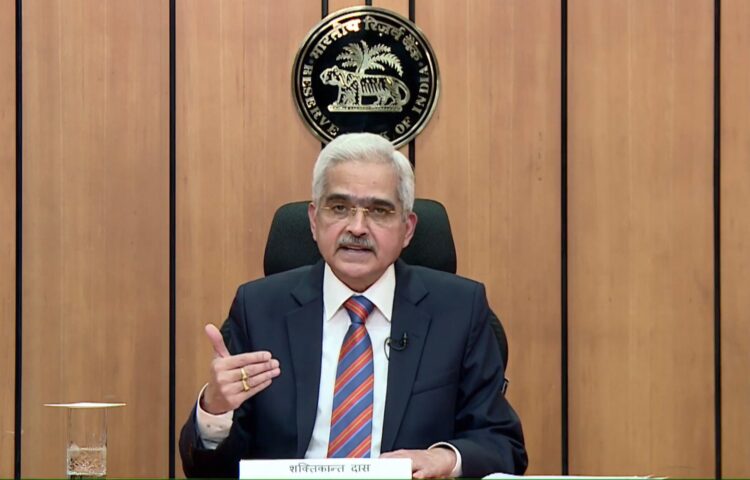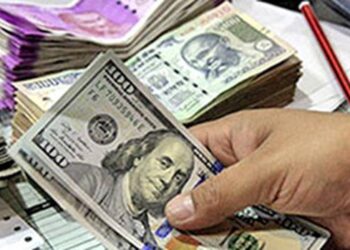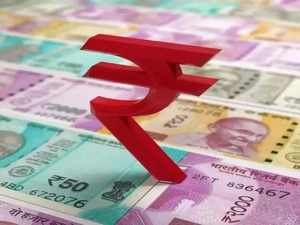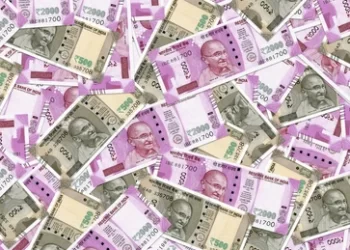The Reserve Bank of India raised the repo rate by 40 basis points on Wednesday, the first increase in nearly four years. The surprise move by the central bank is intended to control the persistently high inflationary pressure.
The RBI raised the repo rate to 4.40 percent from 4% previously, while increasing the cash reserve ratio (CRR) by 50 basis points to 4.5 percent. The decision was made during a meeting of the monetary policy committee (MPC) and the central board on May 2-4.
The repo rate is the interest rate at which the Reserve Bank of India lends short-term funds to commercial banks. An increase in the repo rate makes borrowing more expensive for banks, causing them to be more cautious in how they use their funds.
The RBI’s off-cycle announcement is likely to cause banks to raise loan interest rates. Your EMIs for home loans, auto loans, and personal loans will rise. Following the announcement by the RBI, commercial banks and non-bank financial companies (NBFCs) will raise interest rates on new loans.
Those who apply for loans may have to pay higher EMIs because banks will charge higher interest rates on new loans. Existing borrowers, particularly those who have chosen flexible interest rates, will have to pay higher EMIs as a result of the RBI’s announcements.
The decision, according to RBI Governor Shaktikanta Das, should be viewed as part of the central bank’s announcement last month for the gradual withdrawal of easy money from circulation. The RBI governor also cited geopolitical tensions, high crude oil prices, and global commodity shortages as factors influencing the rate hike, all of which have had an impact on the Indian economy.
After two years, the RBI changed the key lending rate. The repo rate was last reduced in May 2020 and has remained unchanged since then.
Source:MTV







 Finance
Finance






